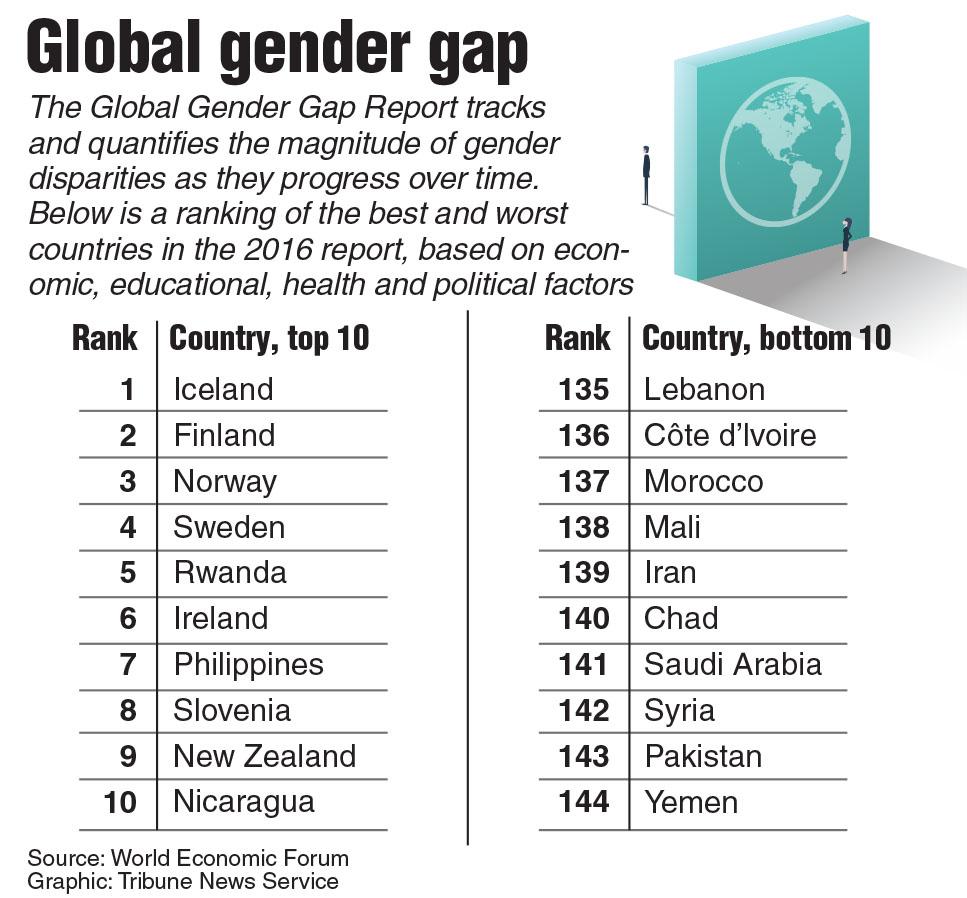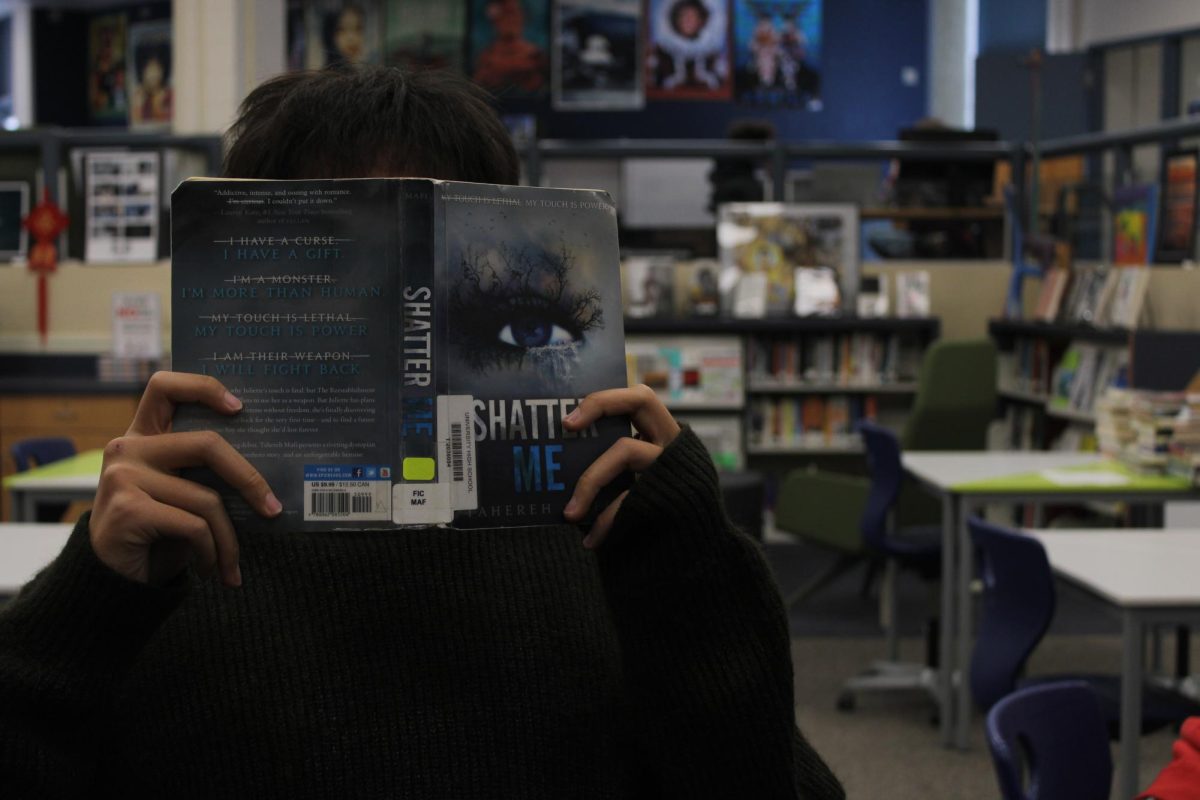
By BITA BEHPOOR
Staff Writer
A video was released on social media in December showing a 31-year-old woman standing on a pillar box in the midst of a bustling street in Tehran, Iran. What catches the viewer’s eye, however, is the white headscarf she is waving around on a stick: a public display of rebellion against the current strict Islamic dress codes imposed upon Iranian women. It was later revealed in mid-January that this woman had gone missing.
Business InsiderAt the end of December, Iranians took to the streets and participated in anti-government protests. Over the course of the past month, nearly 5,000 people have been arrested, according to
, and the number of deaths resulting from the protests is currently unknown. Considering the chain of events leading up to these protests, which includes mandatory hijab laws for women, it is not surprising that this series of protests started.
In the United States, however, these protests gain little news coverage and are only briefly mentioned; ultimately, they are of less importance to American media. Even the aforementioned video that was released through social media remained in the news for less than a week before becoming scarcely mentioned.
This one act in the video is a violation of the strict Islamic dress code imposed upon Iranian women, a law that has been in practice for the last 40 years. Since the 2017 protests have started, at least 29 women have been arrested in Tehran for removing their headscarves in public. This seemingly minor offense has resulted in the extreme punishment of detainment. Ever since the Islamic revolution in Iran in 1979, a woman’s basic right to choose has diminished greatly.
So why is it that these protests barely make any sort of news coverage in Western countries, particularly in the United States?
There also seems to be a noticeable lack of support and acknowledgement from the feminist movement in America. The 2018 Women’s March in January addressed a myriad of issues pertinent to American women today, but its silence on the Iranian protests was deafening. The activism of Western feminists can stand to be far more inclusive.
I do not look to negate American feminist activism or protests in America. A woman’s right to make her own choice, the basic foundation of feminism, is not limited to America, but extended globally. As a nation, how can we advocate for women’s rights and have feminist values if we do not extend them to the rest of the world?
Here, protests in the name of feminism are carried out without consequence because we have the right to peacefully assemble. The reality is that women in other countries do not have that luxury of free speech, or other basic human rights. Iran is not the only country where women lack basic rights.
In Afghanistan, the majority of women, about 83%, according to UNESCO, are illiterate and have no formal education. Even after the overthrow of the Taliban in the early 2000s, the same problems, such as illiteracy and unemployment, still persist for women. Women have little rights when it comes to domestic and sexual violence, health care and even marriage. In the Democratic Republic of Congo, it is estimated that about a third of all incidents of rape and sexual violence are committed by soldiers, militants or higher government officials. These are the public servants who are supposed to enforce laws and protect women.
These are just a few of the many countries that lack women’s basic rights.
Compared to these countries, women in America have many rights. But they are not free of all issues. There is still controversy about access to abortions and reproductive care, and the wage gap between male and female employees, just to name a few. Nonetheless, instead of focusing all of our efforts into our already healing country, American feminists should focus their efforts on the more pressing gender issues in countries outside of America. Western feminists should broaden their priorities and fight for all women, instead of subscribing to a Eurocentric and US-centric view.













